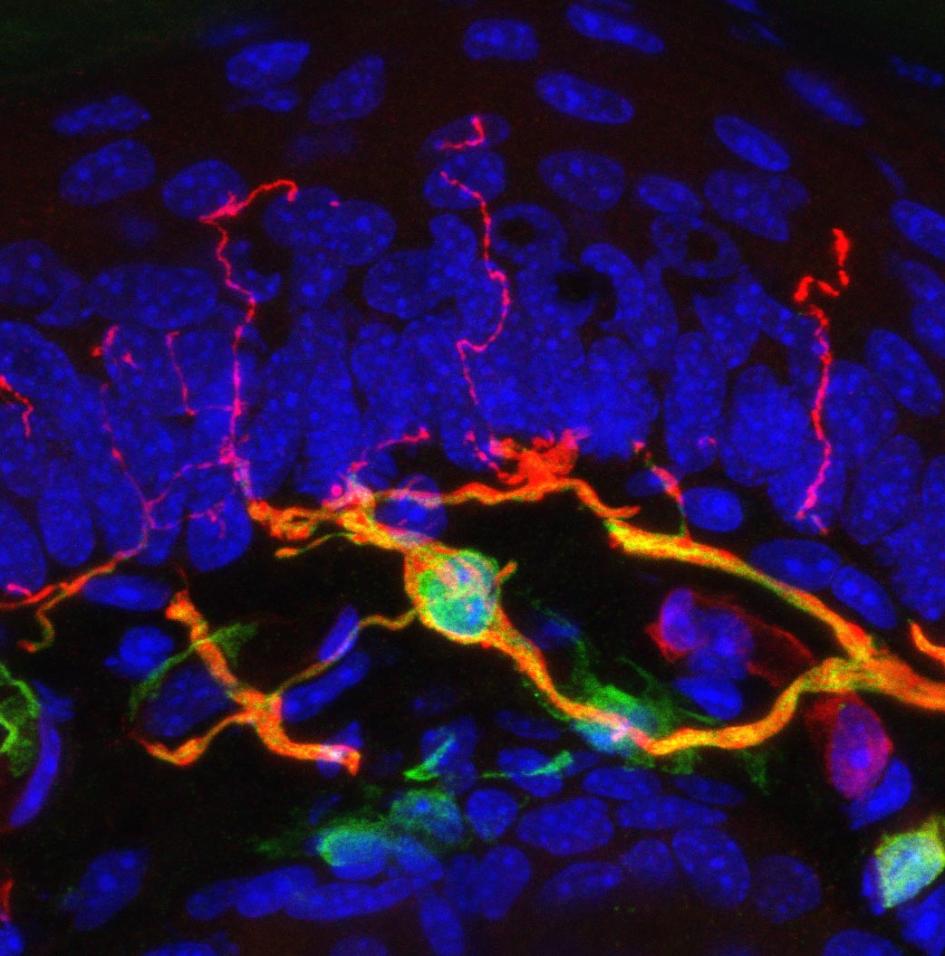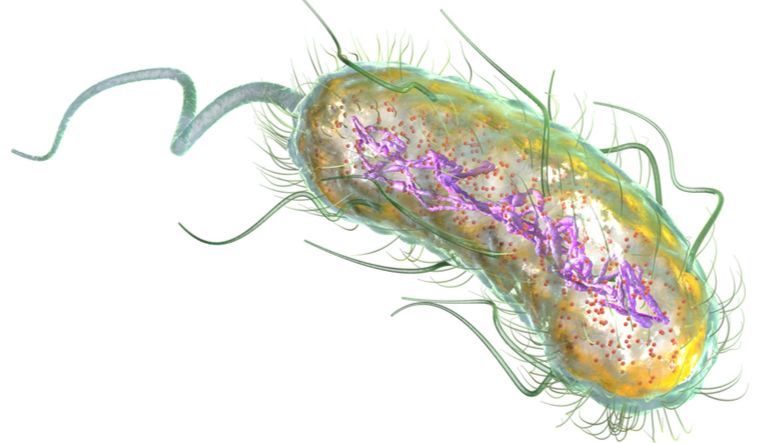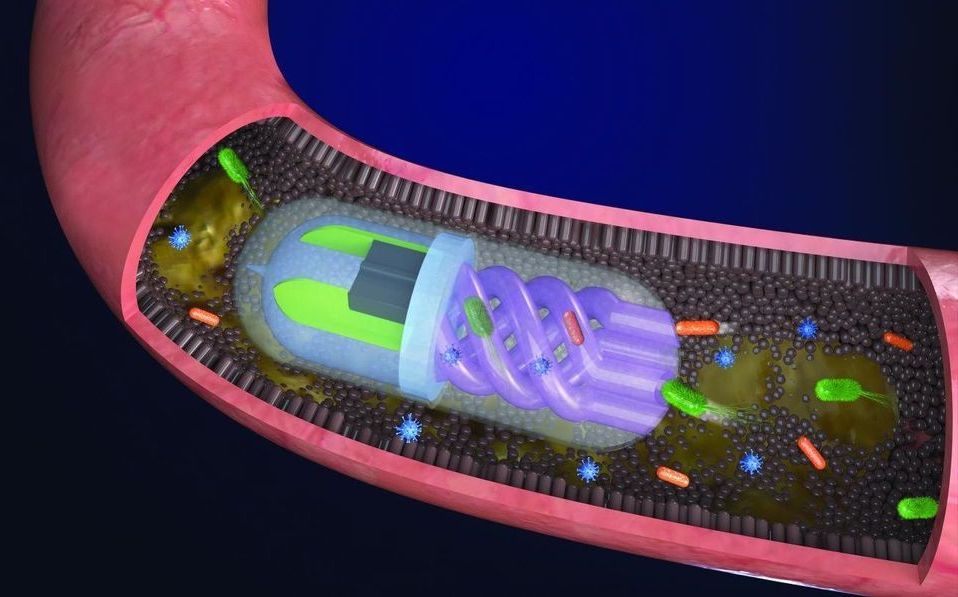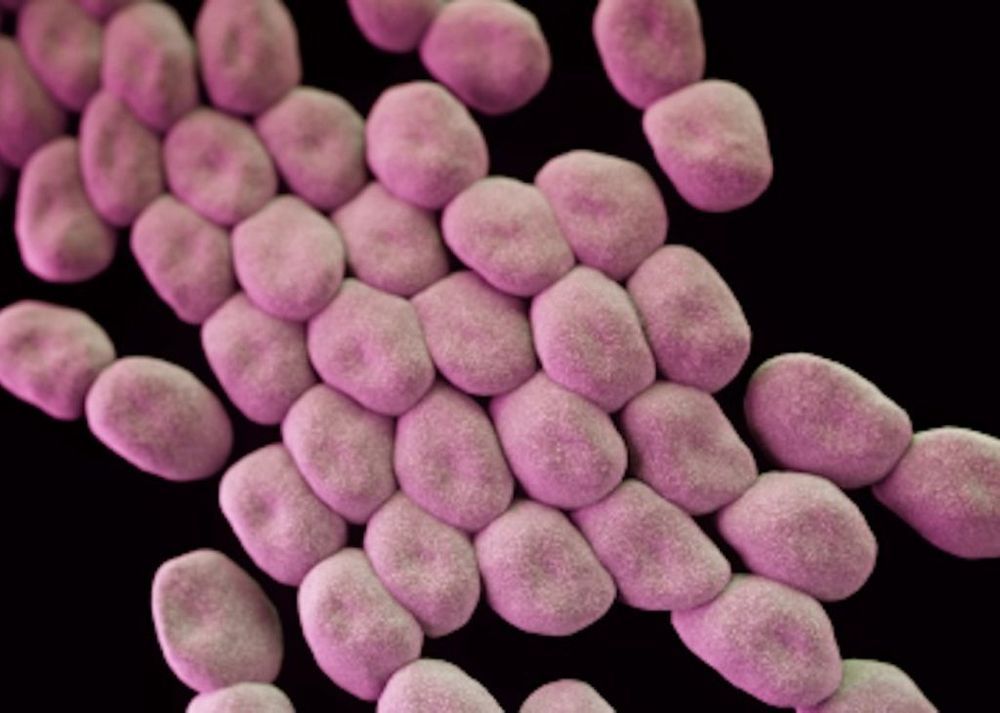A research group at ETH Zurich, Switzerland, has made it possible to edit hundreds of genes at once with CRISPR gene editing.
CRISPR gene editing has revolutionized the biotech industry by providing an easy and quick way to genetically modify organisms. So far, however, CRISPR techniques have only managed to edit a maximum of seven genes at once. This limits the potential of the technique in creating cell therapies, since whole networks of genes need to be reprogrammed to control each cell’s fate.
The Swiss research group devised a way to overcome this limitation with a CRISPR technique able to edit 25 genes in one go. This number could also be increased to up to hundreds of genes at a time. This method therefore makes it possible to edit gene networks, and reprogram stem cells to become cell therapies such as skin cells or insulin-producing pancreatic cells.







